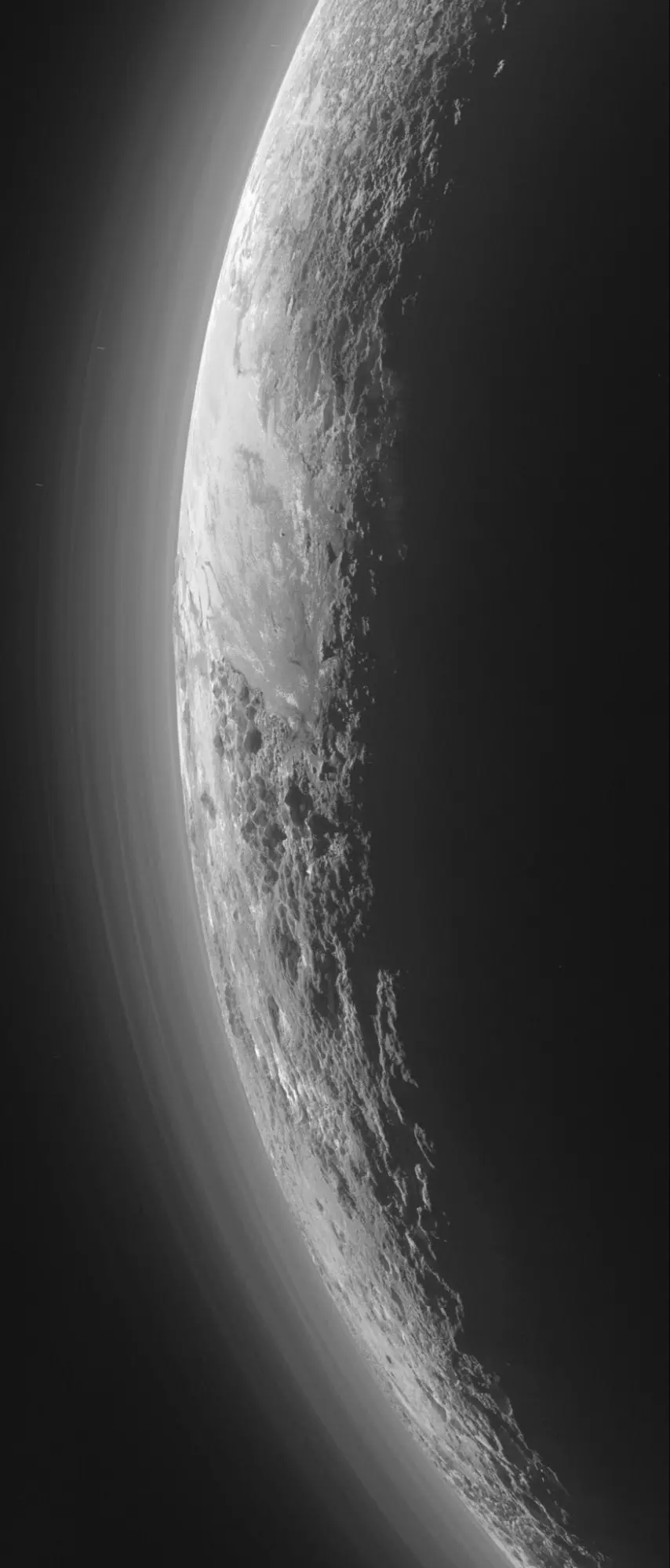Space
8769 readers
383 users here now
Share & discuss informative content on: Astrophysics, Cosmology, Space Exploration, Planetary Science and Astrobiology.
Rules
- Be respectful and inclusive.
- No harassment, hate speech, or trolling.
- Engage in constructive discussions.
- Share relevant content.
- Follow guidelines and moderators' instructions.
- Use appropriate language and tone.
- Report violations.
- Foster a continuous learning environment.
Picture of the Day
 The Busy Center of the Lagoon Nebula
The Busy Center of the Lagoon Nebula
Related Communities
🔭 Science
- [email protected]
- [email protected]
- [email protected]
- [email protected]
- [email protected]
- [email protected]
- [email protected]
- [email protected]
- [email protected]
🚀 Engineering
🌌 Art and Photography
Other Cool Links
founded 1 year ago
MODERATORS
1
2
4
93
5
6
144
Student-made rocket smashes 20-year-old world record, soaring 470,400 feet above Earth
(www.techspot.com)
7
8
9
10
11
12
14
16
17
18
19
20
21
22
23
24
25
94
Europe's most important rocket test almost foiled by a slice of cheese
(interestingengineering.com)
view more: next ›


